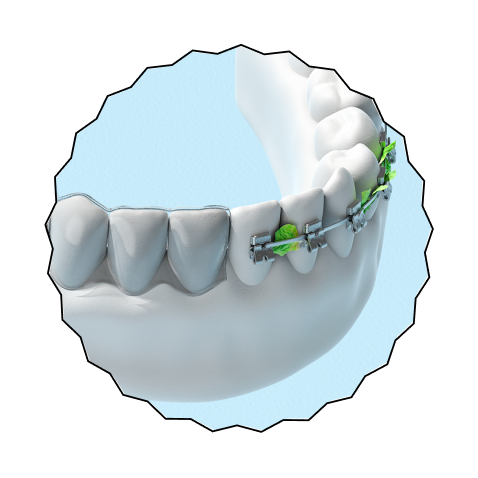Aligners vs. braces
Both aligners and braces are effective tools for orthodontic correction. However, modern clear aligners now offer high treatment predictability, reduced chair time, and a more comfortable patient experience — even in complex cases.
Braces
-
01
More painful
-
02
Cause discomfort and are impossible to remove while eating, drinking & flossing
-
03
Difficult to calculate final treatment duration
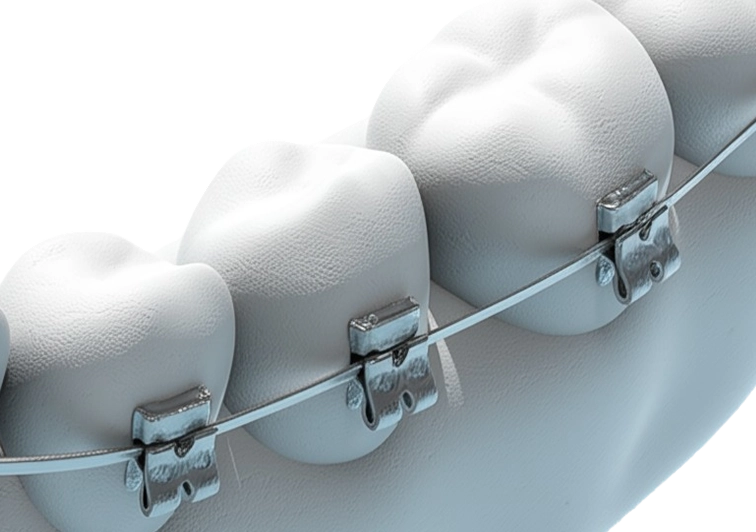
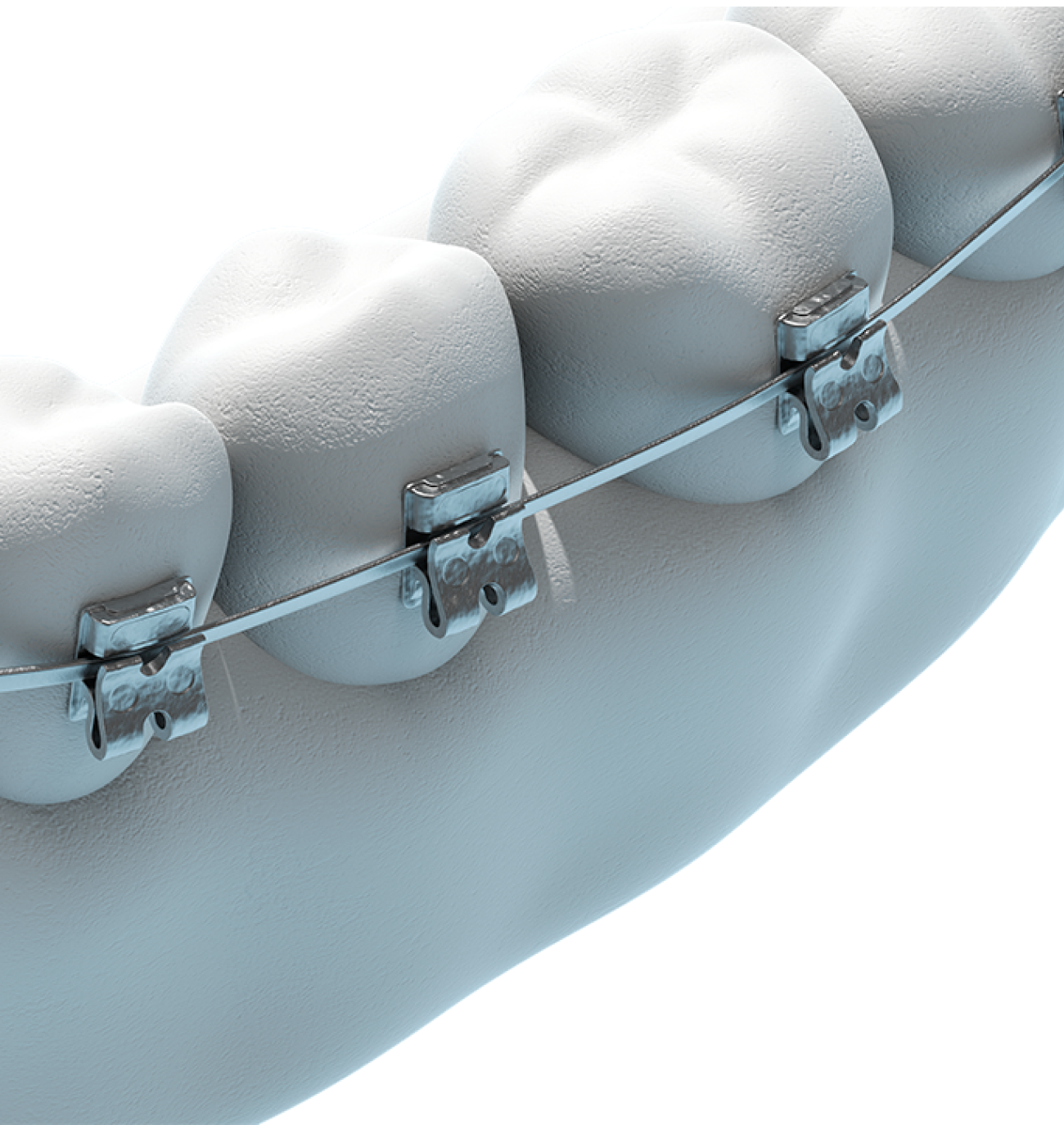
Aligners
-
01
Invisible and so can be worn without others noticing
-
02
Start seeing results immediately
-
03
Predictable treatment results and duration
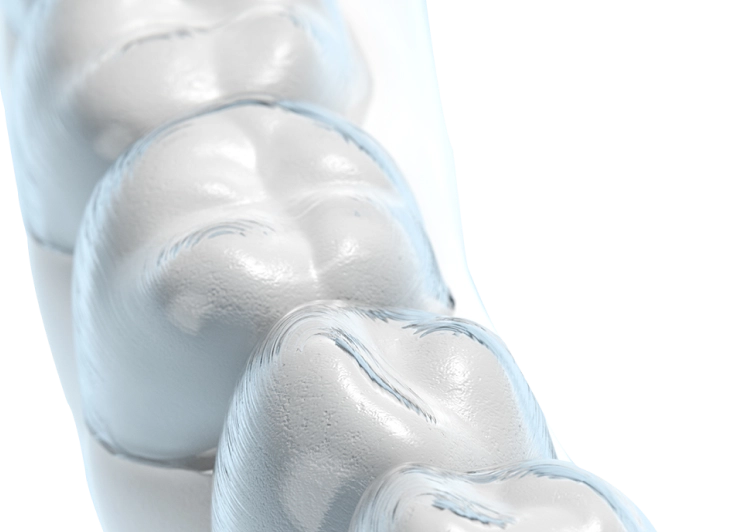
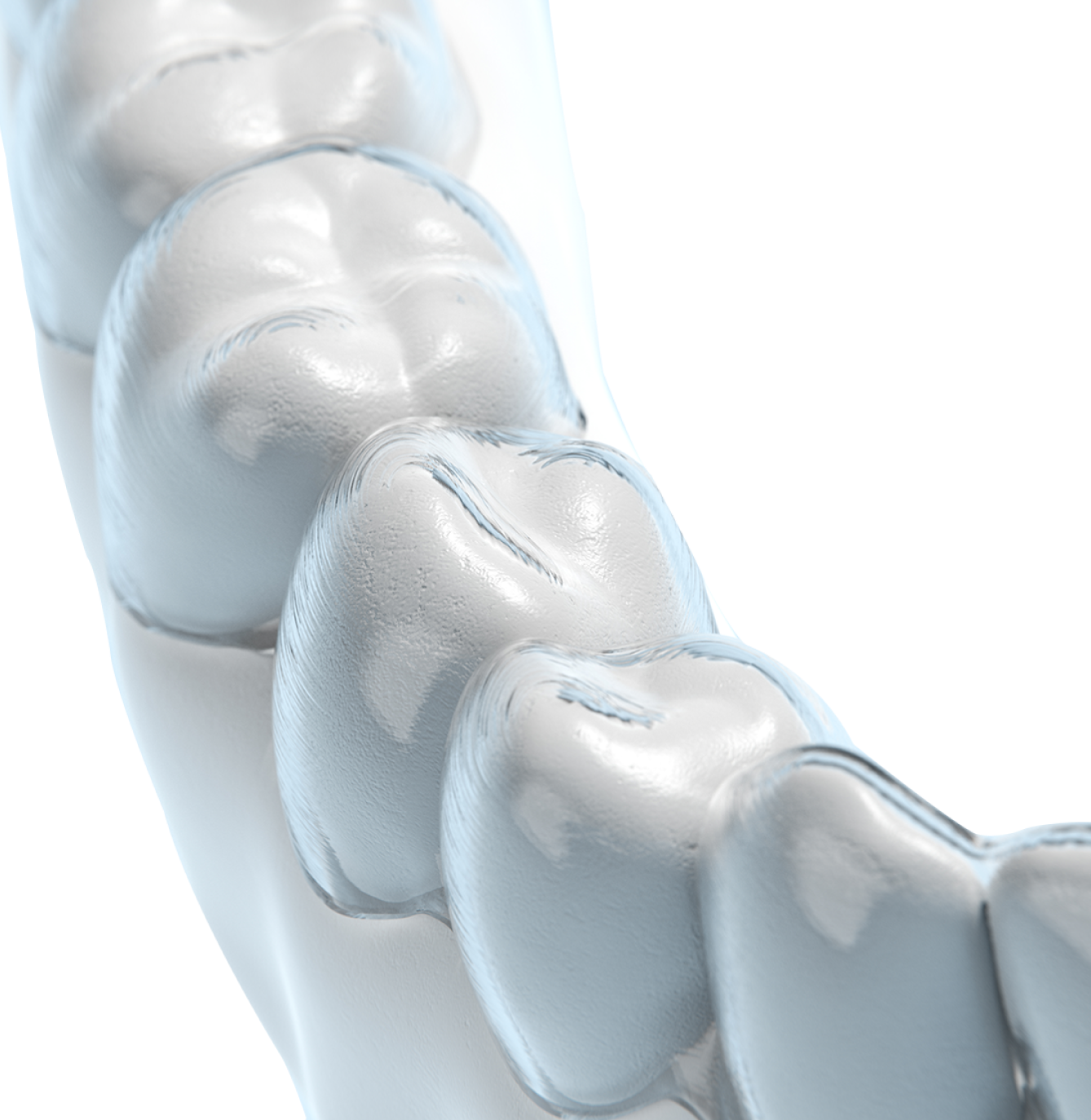
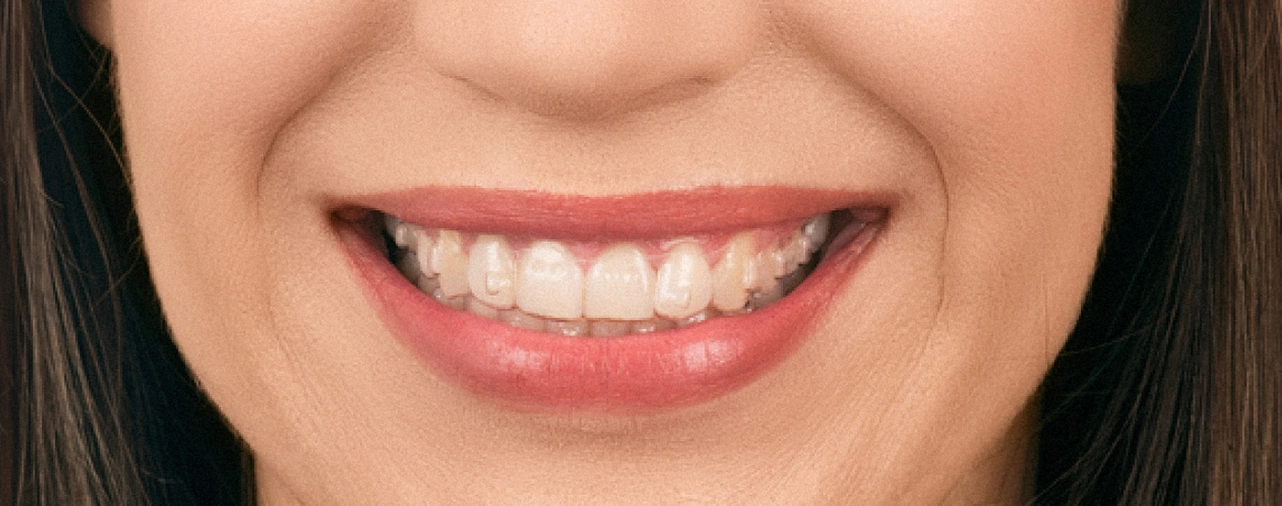
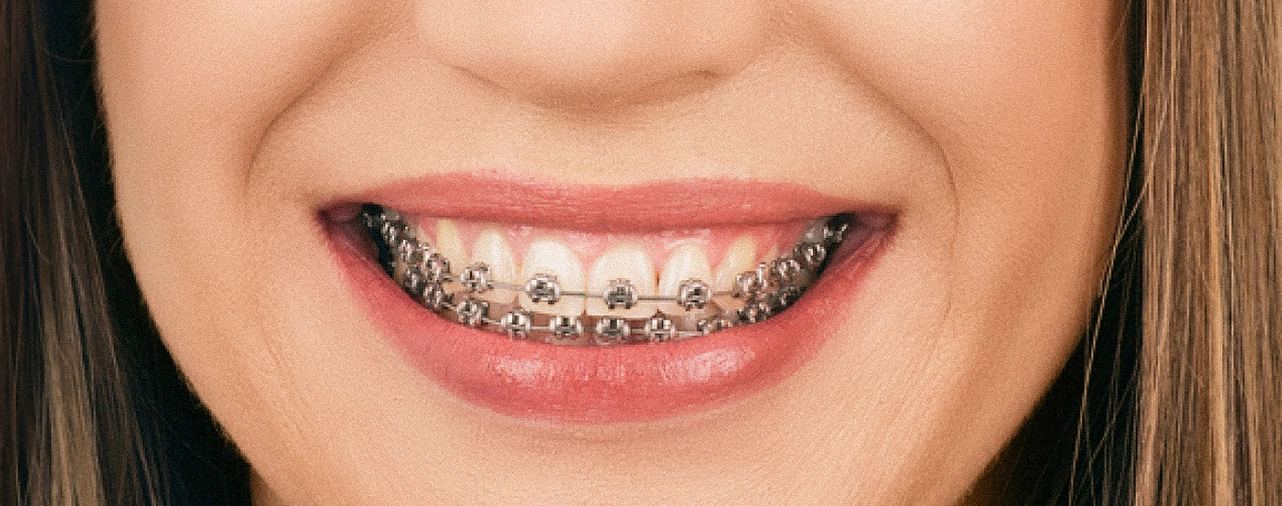
Conclusion

Many adults feel self-conscious about wearing braces, which discourages them from seeking the treatment they need – treatment that could significantly improve their oral health and overall quality of life. On the other hand, those who choose to undergo treatment with braces often experience discomfort, pain, and added inconvenience.
Aligners offer a more discreet alternative, allowing patients to maintain their daily routines with minimal disruption. This treatment is ideal for individuals who prefer an invisible, comfortable approach to teeth straightening and have the discipline to wear them for 22 hours a day.
